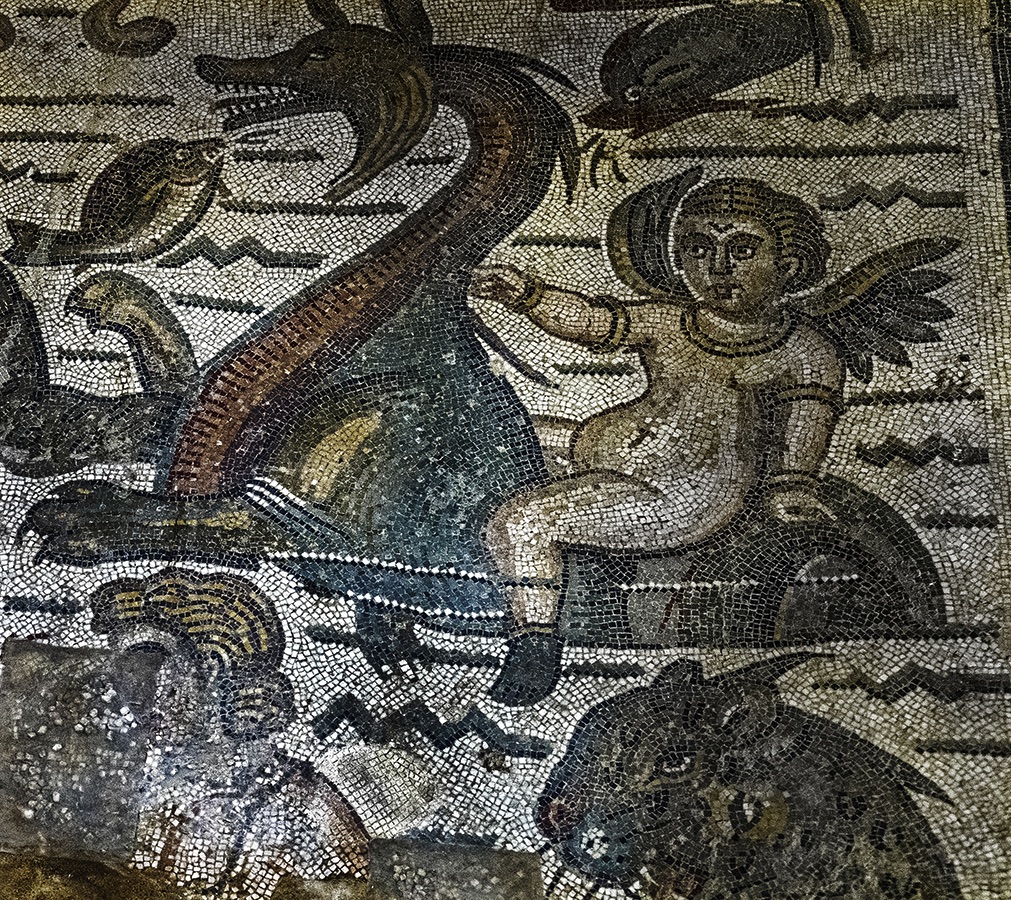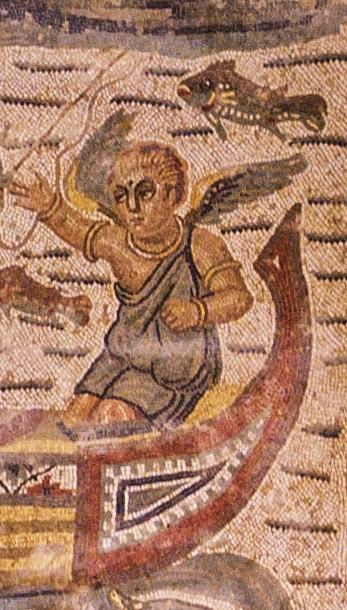 The term derives from the ancient trend of reproducing the childlike figure of Eros or Cupid, the god of love, as a naked child, often with wings; in this form it takes the name of “erote” or “amorino”.
The term derives from the ancient trend of reproducing the childlike figure of Eros or Cupid, the god of love, as a naked child, often with wings; in this form it takes the name of “erote” or “amorino”.
In Roman times erotes were used as decorative elements in mosaics and paintings, with scenes of putti engaged in gleeful fighting, sports competitions, fishing or grape harvesting.
The theme was also taken up in the Renaissance and Baroque periods, with the name putto, for allegorical designs with decorative purposes, that were sometimes repetitive.